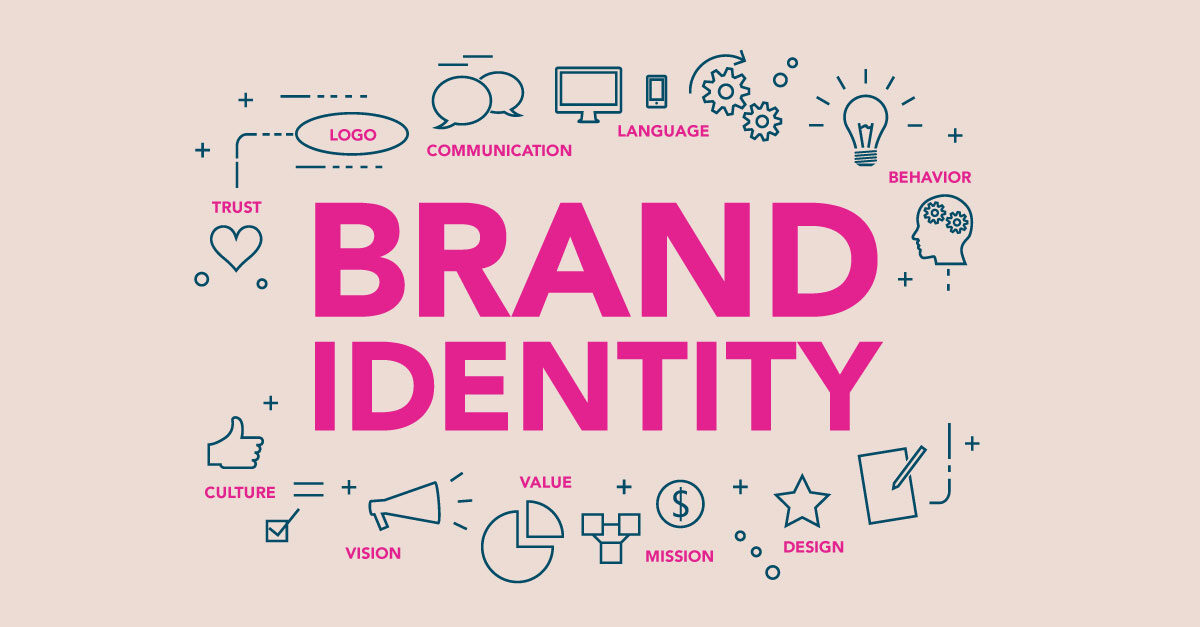
The Ultimate Guide to Building a Strong Brand Identity from Scratch
Building a strong brand identity is one of the most important steps when launching a business. A well established brand doesn’t just drive customer loyalty, it also differentiates you from your competitors. It can feel overwhelming to develop a brand from scratch, but with the right strategy, it’s entirely achievable. In this guide, we’ll break down how to create a powerful brand identity that resonates with your audience and stands the test of time. To begin, it’s essential to understand what brand identity truly is. At its core, brand identity is the visual, emotional, and cultural representation of your business. It’s everything that a customer experiences when they interact with your brand. This includes your logo, color scheme, typography, tone of voice, website design, and beyond. But it’s not just about the visuals; a strong brand identity also encompasses the feelings it evokes and how it aligns with your audience’s values. A clear brand identity is vital because it builds trust, fosters long-term relationships, and creates a sense of recognition. It’s what sets your business apart in a crowded marketplace and encourages customers to remain loyal. The first step in creating your brand identity is defining your brand’s core values and mission. Your brand mission should answer why your business exists beyond just making money. Think of it as the foundation of your business. It’s the purpose that guides your actions and decisions. Alongside your mission, your core values are the beliefs and principles that define your brand’s character. These values should resonate with your target audience and guide every part of your business, from the products or services you offer to how you engage with customers. Once you’ve established your mission and values, conducting market research is crucial. You need to understand your target audience and what makes them tick. This research helps you define your customer’s needs, pain points, and desires. It also allows you to study your competitors and see how they position themselves. This insight will help you craft a brand identity that stands out and truly speaks to your audience. The next step is to develop your brand’s personality. Think of your brand as a person. How would it act, speak, and present itself? This personality will be reflected in your communication and design choices. If your brand is playful, it might have a lighthearted tone and use vibrant colors. If it’s more professional or luxurious, it might lean toward a more formal tone and minimalist design elements. This personality should be consistent across all platforms, ensuring that your brand feels cohesive and recognizable. Once your brand’s personality is defined, it’s time to focus on the visual elements. Your logo is the most recognizable part of your brand, but there’s so much more to consider. Your color palette plays a significant role in how customers perceive your brand, as colors can evoke different emotions. For example, blue often represents trust and professionalism, while red can symbolize excitement or urgency. The typography you choose should also align with your brand’s tone. A modern, innovative brand may opt for sleek, sans-serif fonts, while a more traditional brand might choose serif fonts to evoke sophistication. These visual elements work together to create a cohesive look and feel that your audience will immediately recognize. Another important aspect of building a strong brand identity is defining your brand’s voice. Your brand voice is the way you communicate with your audience, and it should reflect your brand’s personality. Whether your tone is conversational, authoritative, or humorous, it needs to be consistent across all touchpoints, from your website copy to your social media posts. This consistency is key to building trust with your audience. When your brand voice resonates with your target market, it helps establish an emotional connection that goes beyond the product or service you offer. To ensure consistency across all your brand materials, creating a brand style guide is a must. This document will outline all the key elements of your brand, from logo usage to color codes and tone of voice. A style guide serves as a reference point to ensure that everyone involved in representing your brand, whether it’s your in-house team or external contractors, adheres to the same guidelines. This is particularly important as your brand grows and expands across different channels and platforms. Once you’ve created all of these foundational elements, it’s time to implement your brand identity across every customer touchpoint. Whether it’s your website, social media, email campaigns, or product packaging, your brand identity should be consistent everywhere. This ensures that no matter how your audience interacts with your business, they experience the same feeling and message. Building a brand identity isn’t a one-time effort. It’s an ongoing process that requires regular monitoring and adjustments. As your business grows, your audience’s preferences and market trends may evolve. Regularly seeking feedback, reviewing analytics, and staying aware of industry changes will help you fine-tune your brand over time. That said, while it’s important to adapt, it’s equally crucial to stay true to your brand’s mission and core values. Authenticity is what builds lasting trust and loyalty with your audience. In conclusion, building a strong brand identity from scratch requires careful planning, a deep understanding of your audience, and consistency. From defining your brand’s core values to creating a cohesive visual and emotional experience, every step matters. But with time, dedication, and an authentic approach, your brand will not only stand out, it will create meaningful connections that drive growth and success for years to come.
Read More

